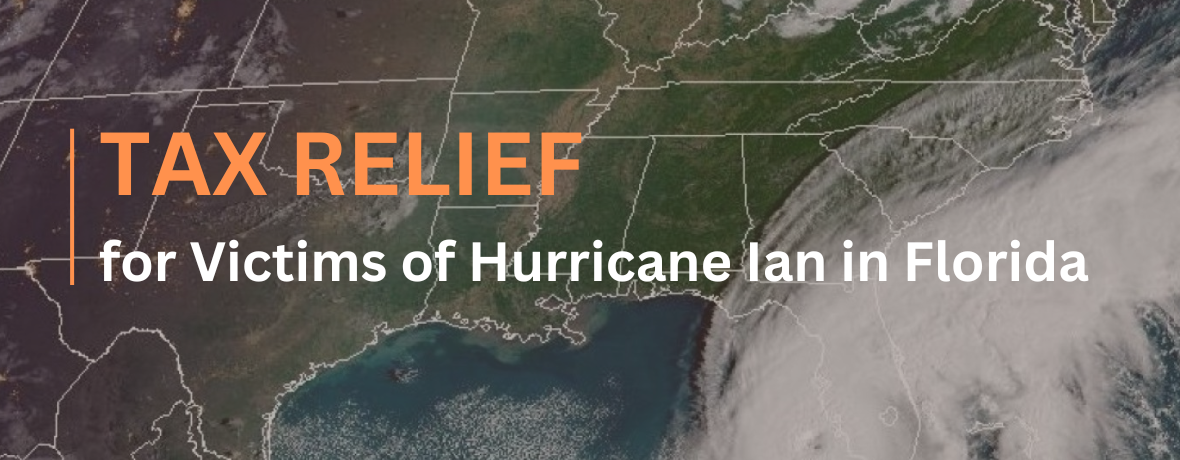New Tax Changes Under Trump Administration
With President Trump in the White House and Republicans controlling both the House and Senate, some big changes may be ahead for the tax code. This article explores some of the possible issues.
Big Changes Ahead Says President
On February 9, President Trump announced that in the upcoming weeks, he will formally unveil a comprehensive tax plan that will include tax cuts for individuals as well as businesses.
During his candidacy, Trump described the “Trump Plan” as being a bold, simpler and achievable plan that would encourage jobs, spur economic growth and simplify the tax code for all Americans.
Lower corporate taxes
The Trump Plan would lower the business tax rate from the current 35 percent (one of the higher statutory rates among industrialized nations) to a much lower 15 percent. Although it would eliminate most corporate tax credits except for Research and Development, the proposal would also do away with the corporate alternative minimum tax. Further, firms with manufacturing activity in the U.S. may elect to immediately expense capital outlays (instead of depreciating them over a period of years). Choosing that option would also mean losing the deductibility of corporate interest expense and other deductions- soon to be specified.
Some analysts have said the Trump plan could spur more small business creation since earnings derived from freelance activity, sole proprietors, unincorporated small businesses and “pass-through” entities like partnerships and Subchapter S corporations – which are currently subject to taxation at potentially personal income tax rates – would be uniformly taxed at the new, flat “business income” rate of 15%.
Individual income tax brackets may be simpler and lower
Taxable income is currently subject to seven brackets or rates, that range from 10% to 39.6% before certain surtaxes. The top rate for tax year 2016 generally applies to income in excess of $466,950 for a married couple filing jointly, and $414,051 for a single filer; although qualified dividends and long-term capital gains are generally taxed at 15% for taxpayers in the 15% to 35% tax brackets for 2016, with top-tier earners basically capped at 20%. Certain individuals in the current top tax brackets may also be subject to an additional 3.8% Net Investment Income Tax.
Trump has reportedly proposed trimming the seven brackets down to three: 12%, 25%, and 33%. He has also discussed four brackets: 0%; 10%; 20% and 25, while retaining the preferential rates for capital gains and dividends.
The “death tax” takes a powder, sort of…
As things stand now, a taxpayer can generally pass up to $5.49 million to heirs free of federal estate tax, while married couples can generally exempt the first $10.98 million. Above those limits, beneficiaries get hit with a 40 percent estate tax.
Under the Trump plan, the estate tax as we know it would be eliminated, but there is a tradeoff. Right now, if a decedent leaves stock, beneficiaries will generally get a set-up in basis for tax purposes – the stock is generally revalued at the price as of the date of the death of the decedent – which may reduce the capital gains tax liability when the heir(s) sell the stock. The new plan proposes to eliminate that step-up provision- potentially leading to a higher capital gains tax liability – although the first $10 million of capital gains will be exempt from taxes. Repealing the gift and generation –skipping transfer tax has not yet been addressed.
Individual deductions jump, but exemptions will disappear
Trump’s plan would increase the standard deduction for single filers to $15,000, up from $6,300 for tax year 2016, while joint filers will jump to $30,000, from $12,600. Personal exemptions will be eliminated, along with the head-of-household filing.
The proposed plan will also cap itemized deductions at $200,000 for married-joint filers, and $100,000 for single filers. Because New Jersey and New York State have one of the highest state income taxes – and New York State levies additional city taxes on Yonkers and New York City residents – the proposed cap will be reached very quickly once state income taxes, real estate taxes, and mortgage interest are totaled up. Consequently, top tax bracket individuals in states like New Jersey and New York may be unable to take advantage of the tax benefits typically associated with making large charitable contributions and may wish to consider accelerating their charitable contributions prior to the implementation of Trump’s proposed tax plan.
Conclusion
A candidate’s proposals can change after they take office and may morph even more once Congress weighs in. Bederson aims to keep our client family informed of new developments, and offers timely guidance that helps develop proactive strategies. We encourage you to contact us with questions or concerns as we continue to update you on new tax and developments.
Ryan DiPeri, CPA, MBA, MSA
Tax Supervisor
(973) 530-9183
continue reading
Related Posts
More than three million residents are eligible for up to
The IRS has provided tax relief for victims of Hurricane
Resources: https://www.irs.gov/businesses/small-businesses-self-employed/virtual-currencies Virtual currency transactions are taxable by law just







